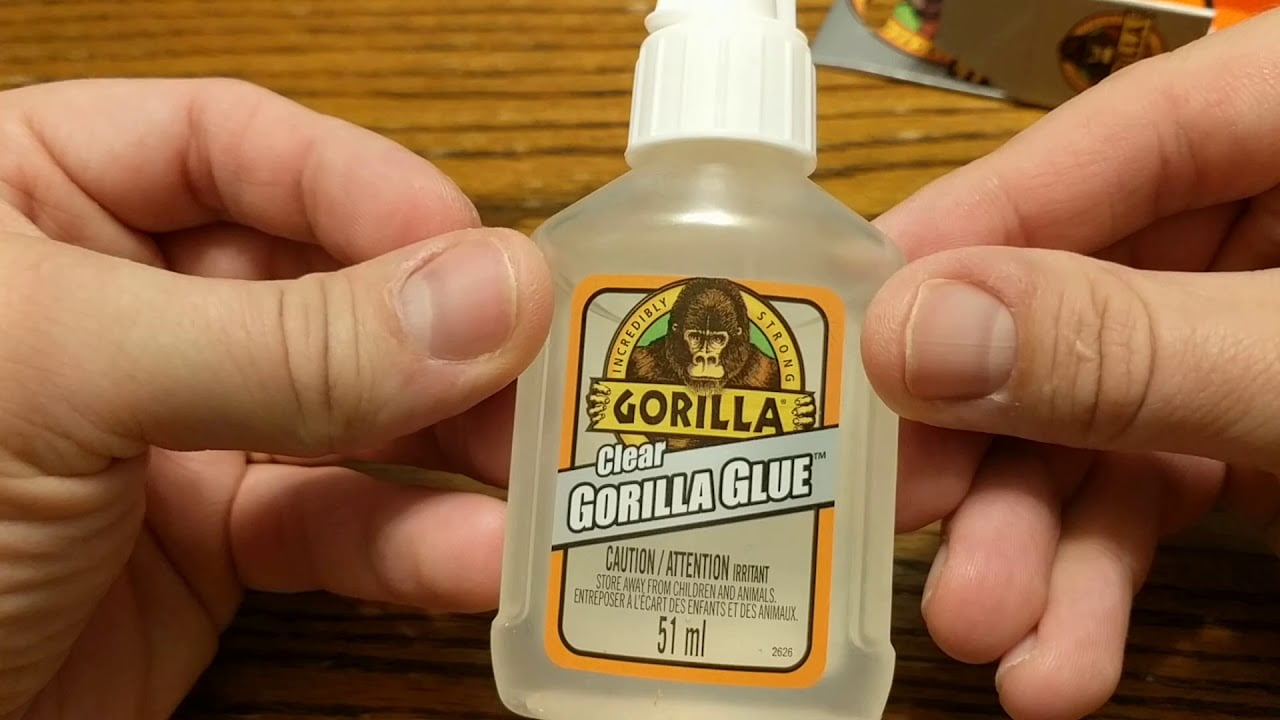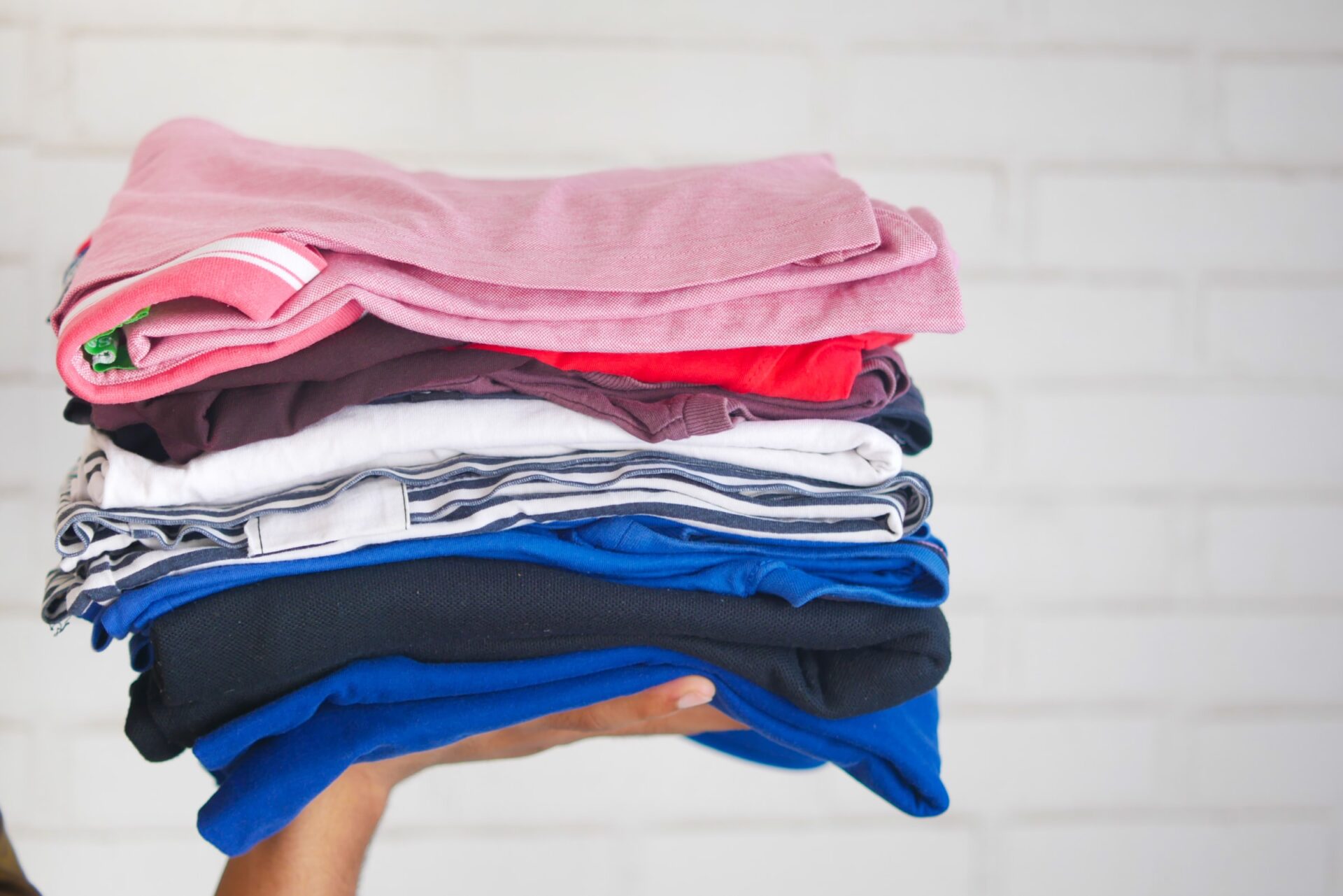
Getting a tattoo is a thrilling personal experience, with the end result being a work of art etched onto your skin. However, once the tattooing process is complete, the real journey begins—caring for your new ink to ensure it heals properly and looks its best for years. There are various methods and products available for tattoo aftercare, and one product that is often recommended by many is Aquaphor. But is it really good for tattoo aftercare?
In this article, we’ll answer the most common question, “Is Aquaphor good for tattoo aftercare?” We’ll provide insights, tips, and a comprehensive understanding of how to care for your new tattoo using this popular skincare ointment. So, whether you’re a seasoned tattoo enthusiast or considering getting your first piece of body art, keep reading to make an informed decision.
Understanding Aquaphor: Is Aquaphor Good for Tattoo Aftercare?
When it comes to tattoo care, it is essential to treat a fresh tattoo as a healing wound. Aquaphor is a favored choice for tattoo aftercare due to its excellent healing properties and versatility as a skin-protectant ointment. Aquaphor’s unique composition, including petroleum jelly and other skin-friendly ingredients, is gentle on the skin and tattoo ink, making it an ideal choice for promoting a faster healing process. It helps moisturize the tattoo and surrounding skin, preventing it from becoming excessively dry or itchy.
In addition, Aquaphor is fragrance-free, reducing the risk of skin irritation and allergic reactions. Tattoo experts often recommend Aquaphor for its ability to protect the tattoo from external irritants, such as clothing or environmental factors. Aquaphor can also cover your tattoo with a clean paper towel or as a tattoo sunscreen to prevent fading. Overall, Aquaphor’s multi-purpose nature and compatibility with the delicate process of tattoo healing make it a trusted and popular choice among those inked.
Benefits of Using Aquaphor on a New Tattoo
- Moisturization: Aquaphor is an excellent moisturizer that helps keep your tattoo and the surrounding skin well-hydrated. Proper moisturization is crucial to prevent excessive dryness and itching, which can lead to scabbing and compromised healing.
- Protection: Applying Aquaphor creates a protective barrier over your tattoo, shielding it from external contaminants and preventing infection. This barrier also reduces the risk of your tattoo fading prematurely due to exposure to the sun or other elements.
- Anti-inflammatory: Aquaphor’s anti-inflammatory properties can help soothe any redness or irritation associated with a new tattoo. This helps to alleviate discomfort and promote a more comfortable healing process.
- Gentle Healing: Aquaphor is gentle on the skin, making it suitable for sensitive and freshly inked skin. Tattoo artists often recommend it because it doesn’t contain fragrances or irritants that could harm the tattooed area.
When Should I Start Using Aquaphor on My Tattoo?
It is recommended to use Aquaphor for the first few days after getting a tattoo. During this time, the skin is typically still sensitive and in the initial stages of healing. Aquaphor helps to prevent scabs from forming and keeps the tattoo moisturized, which can aid in preventing any potential complications or issues.
After the first few days, you may transition to a regular fragrance-free moisturizer or tattoo-specific aftercare product, as your tattoo artist recommends. Aquaphor can still be used for additional moisture or if the tattoo feels dry during healing. It is important to note that everyone’s healing process is different, and some individuals may have sensitivities or allergies to certain ingredients in Aquaphor.
If you experience any adverse reactions or have concerns about using Aquaphor for tattoo aftercare, it is best to consult with your tattoo artist or a healthcare professional for guidance. Your tattoo artist is a valuable resource, as they can provide personalized advice based on their experience and knowledge of the tattooing process. They can give you specific instructions on caring for your tattoo, including when and how to apply Aquaphor, and offer alternatives if your skin is sensitive to this product.
How Does Aquaphor Aid in the Healing Process?

Aquaphors aid in the healing process of a tattoo in several ways:
- Maintaining Moisture Balance: Aquaphor helps maintain the skin’s moisture balance, essential to prevent scabbing and excessive itching. This is crucial for a successful and comfortable tattoo healing process.
- Providing Protection: Aquaphor shields your tattoo from potential contaminants and harmful UV rays by forming a protective barrier, helping the ink retain its vibrancy. It also minimizes the risk of infection.
- Anti-inflammatory Properties: Aquaphor’s anti-inflammatory properties reduce redness and irritation, contributing to a smoother and less uncomfortable healing experience.
How Much Aquaphor Should I Use?
When using Aquaphor for tattoo aftercare, it’s important to apply it in moderation. The amount of Aquaphor you should use on your tattoo depends on the size and sensitivity of the tattooed area. Generally, a pea-sized amount is enough to cover a small to medium-sized tattoo.
For larger tattoos, you may need slightly more, but always remember to apply a thin layer. Avoid over-saturating the area, as excessive ointment can clog pores and hinder healing. You may use too much Aquaphor if you notice excessive greasiness or the tattoo oozes. Reapply as needed, typically 2-3 times daily, to keep your tattoo moisturized and protected.
How to Apply Aquaphor on a Fresh Tattoo

Applying Aquaphor correctly can promote faster healing while protecting your tattoo from potential issues. Here are the steps to apply Aquaphor on fresh tattoos to ensure the best aftercare for your healing skin:
- Wash your hands thoroughly to maintain cleanliness.
- Clean the tattooed area with mild, fragrance-free soap and lukewarm water.
- Gently pat the tattoo dry with a clean paper towel, ensuring it’s completely dry.
- Take a small amount of Aquaphor healing ointment on your fingertips.
- Apply a thin, even layer of Aquaphor over the entire tattoo.
- Avoid using excessive amounts; a little goes a long way.
- Do not rub or agitate the tattoo; gently dab the Aquaphor onto the skin.
- Apply Aquaphor 2-3 times daily for the first few days and continue for several weeks after getting your tattoo.
- Consult with your tattoo artist for personalized aftercare recommendations.
Tips for Using Aquaphor on Tattoos
To make the most out of using Aquaphor on your tattoos, here are some additional tips to keep in mind:
Avoid Over-Applying Aquaphor on Your Tattoo: While keeping your tattoo moisturized is essential, over-applying Aquaphor can prevent the tattoo from breathing and slow the healing process. Remember to apply a thin layer and avoid excessive greasiness.
Keep Your Tattoo Clean Before Applying Aquaphor: Always clean your tattooed area before applying Aquaphor. Use a mild fragrance-free soap and gently pat dry with a clean paper towel. Keeping the tattoo clean minimizes the risk of infection and helps the healing process.
Protect Your Tattoo from Irritation or Excessive Moisture: Avoid exposing your tattoo to excessive moisture or potential irritants such as tight clothing, excessive sweating, or swimming in pools or hot tubs during the healing process. These can prolong the healing time and increase the risk of infection. Additionally, do not scratch or pick at your tattoo, as it can cause damage and affect the outcome.
What to Avoid When Using Aquaphor for Tattoo Aftercare
While Aquaphor is a beneficial product for tattoo aftercare, there are certain things you should avoid to ensure the best possible healing result.
Avoid Using Aquaphor in Excess: Applying too much Aquaphor can clog the pores and trap bacteria, leading to infections or other complications. Stick to the recommended amount and frequency of application to avoid any issues.
Avoid Touching or Picking at Your Tattoo: It may be tempting to touch or pick at your tattoo, especially if it starts to peel or itch. However, doing so can disrupt the healing process and increase the risk of infection. Keep your hands off your tattoo and let it heal naturally.
Avoid Using Fragrance-Added or Colored Aquaphor: When choosing an Aquaphor for your tattoo aftercare, choose the fragrance-free and colorless version. Added fragrances and colors can contain chemicals that may irritate the tattooed skin. Stick to the original formula to ensure optimal healing.
Applying the correct aftercare products, such as Aquaphor, is essential for adequately healing your tattoo. Following the tips and guidelines in this article can help your tattoo heal effectively and maintain its vibrant appearance. However, it is important to consult your tattoo artist or dermatologist for personalized advice based on your specific tattoo and skin needs.
What Are the Alternatives to Aquaphor for Tattoo Aftercare?
There are several alternatives to Aquaphor for tattoo aftercare, each with advantages and considerations. Some common options include:
- Tattoo-specific Aftercare Products: Many tattoo artists and studios offer branded tattoo aftercare products, such as balms or creams specially formulated for healing. These products are often designed to promote healing while protecting the tattoo’s colors and lines.
- Unscented, Fragrance-Free Lotions: Unscented and fragrance-free lotions, like Lubriderm or Eucerin, can be used as an alternative to Aquaphor. They provide moisture to the tattooed area without introducing potential irritants that scented products may contain.
- Coconut Oil: Coconut oil is a natural alternative that can be used for tattoo aftercare. It has moisturizing properties and is generally well-tolerated by the skin. However, it may not provide the same protective barrier as Aquaphor.
- Petroleum Jelly (Vaseline): Like Aquaphor, petroleum jelly can keep the tattoo moisturized and protect it from external elements. However, some individuals prefer alternatives due to concerns about petroleum-based products.
- A&D Ointment: A&D Ointment, commonly used for diaper rash, can also be an alternative. It contains vitamins A and D, which may aid healing. However, it can feel greasier than Aquaphor.
- Tattoo Healing Salves: Various tattoo-specific healing salves and balms are available in the market, such as Tattoo Goo or After Inked. These products are designed to provide optimal care for healing tattoos.
- Natural Ointments: Some individuals prefer natural ointments containing ingredients like shea butter, calendula, or chamomile for tattoo aftercare. These products are often free of synthetic additives and may be suitable for those with sensitive skin.
When selecting an alternative to Aquaphor, it’s crucial to consider your skin type, any sensitivities or allergies, and the specific recommendations your tattoo artist provides. Always follow the aftercare instructions given by your tattoo artist, as they may have a preferred product or method for your particular tattoo.
Frequently Asked Questions
What Makes Aquaphor Effective for Tattoo Aftercare?
The effectiveness of Aquaphor for tattoo aftercare lies in its formulation as a skin-protectant ointment. It creates an optimal environment for skin healing by preventing excessive dryness, irritation, and infection. Its gentle nature to maintain moisture levels makes it an excellent choice for nurturing freshly inked skin.
Additionally, Aquaphor is fragrance-free and hypoallergenic, making it suitable for all skin types, including sensitive skin. The ointment-based formula of Aquaphor provides a thick and long-lasting barrier that keeps the tattoo hydrated and helps prevent itching and peeling.
How Long Should I Use Aquaphor on My Tattoo?
The duration of Aquaphor use on your tattoo may vary depending on your skin’s healing process and your tattoo artist’s guidance. Generally, you’ll use Aquaphor for 3-5 days or until your tattoo peels.
Once your tattoo reaches peeling, you can transition to a fragrance-free lotion to moisturize and protect your tattoo. Remember that the complete healing process for a tattoo can take several weeks, so consistent aftercare is crucial for its long-term vibrancy and health.
Conclusion
In conclusion, Aquaphor is indeed a good option for tattoo aftercare. This multi-purpose skin protectant ointment, when used as a tattoo balm, can significantly aid in the healing process of a fresh tattoo. Given that a tattoo is essentially an open wound, Aquaphor is vital in promoting wound healing by creating a protective barrier that keeps out harmful bacteria and helps the skin heal faster.
Furthermore, Aquaphor also helps to keep the skin moisturized, preventing it from drying out, which is crucial in preventing the tattoo from scabbing excessively or causing the ink to fade prematurely. Ensure you have clean hands before applying the ointment with a paper towel. While some alternative products exist, Aquaphor’s effectiveness as a widely recognized skin ointment makes it a great choice for those looking to heal their tattoos and piercings quickly.
For more insightful articles like this, subscribe to our community at the Family Hint today!




